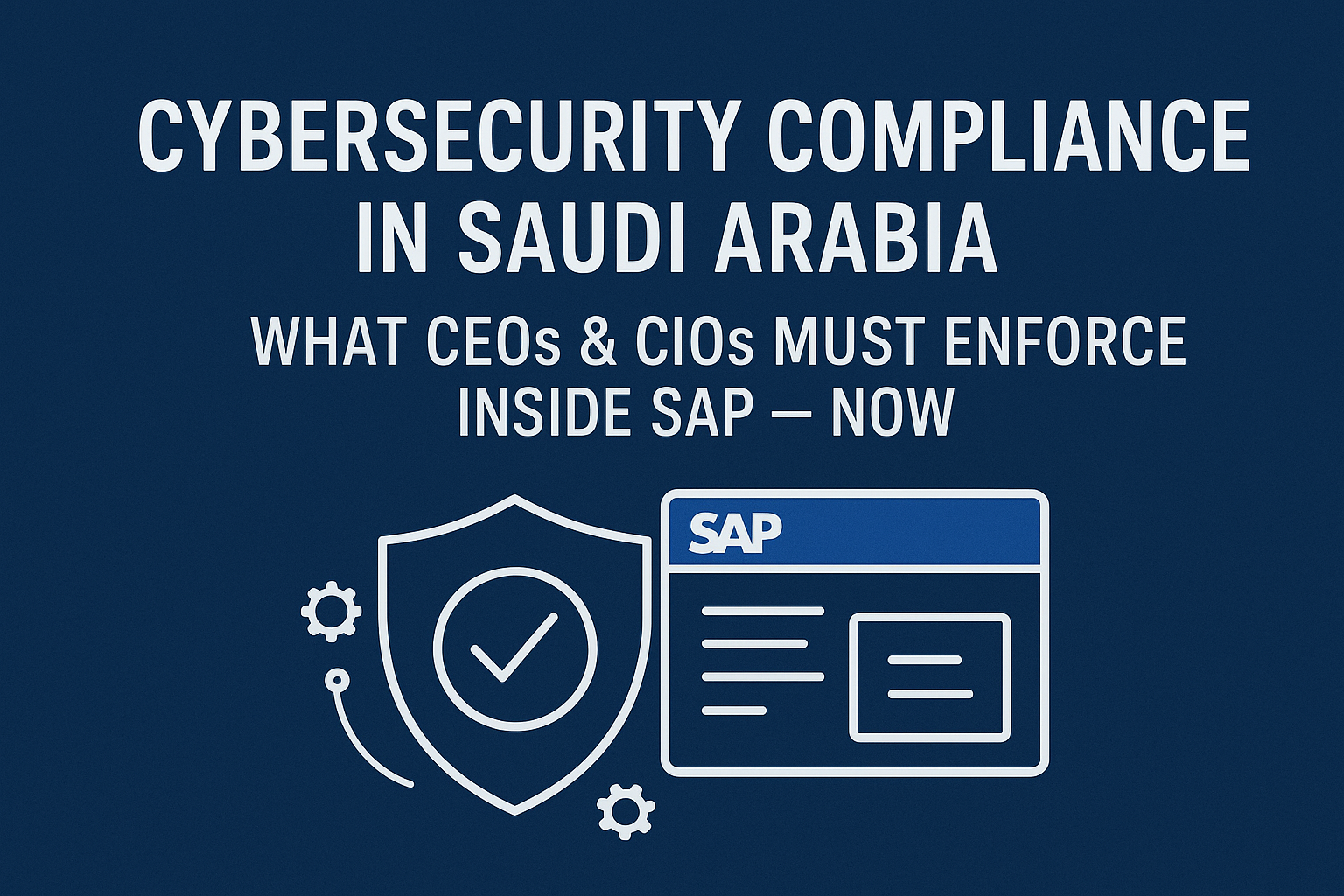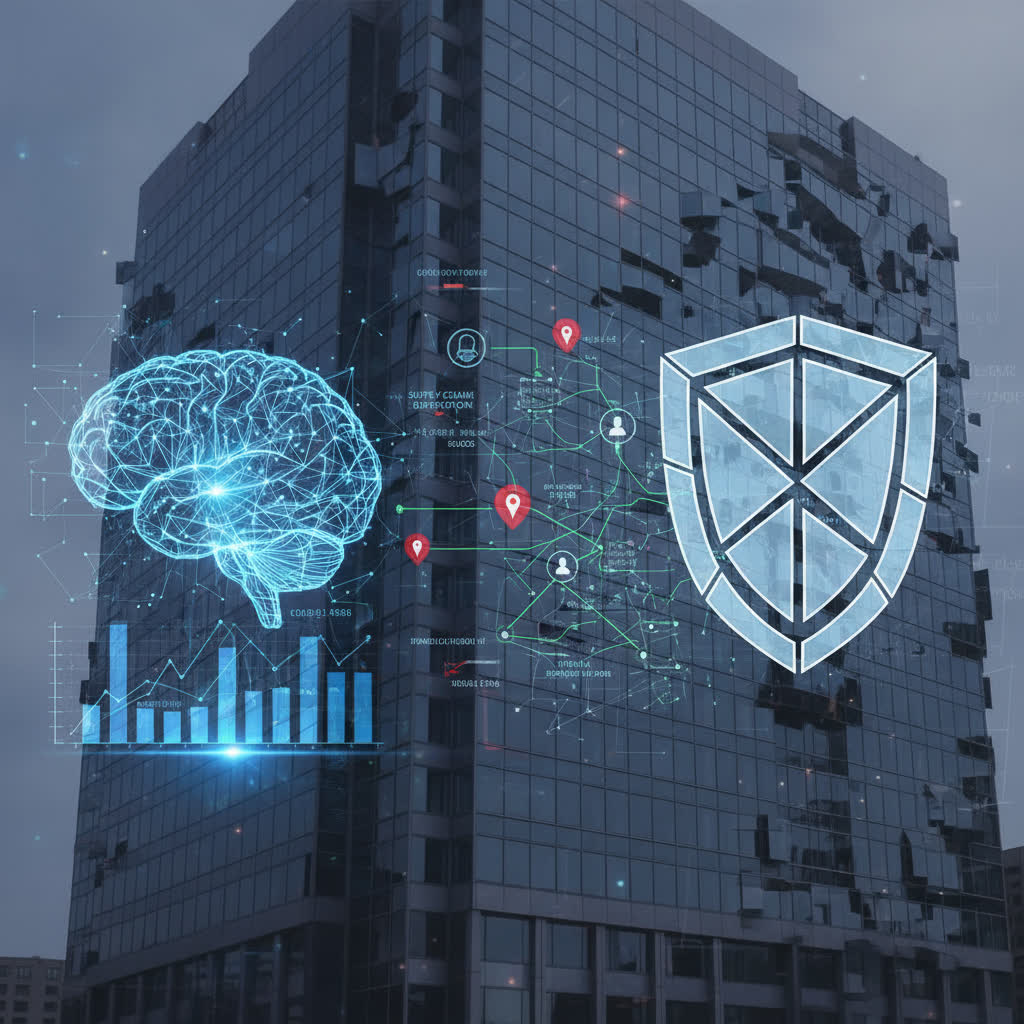Maintaining business continuity and safeguarding critical data have always been central priorities for organizations that rely on SAP environments. As regulatory requirements continually update and expand, enterprises not only face heightened scrutiny but are compelled to adopt transformative approaches for risk management and compliance assurance. Regardless of industry or company size, organizations must not only understand shifting regulations but also integrate robust practices and technologies that allow for seamless adaptation and effective risk reduction. The following discussion unpacks key strategies and solutions for navigating the challenging landscape of regulatory change while providing practical steps to maintain compliance and manage risks in SAP systems.
Understanding the Impact of Regulatory Change
Recently, regulatory frameworks across jurisdictions have become increasingly complex, spanning data protection mandates like the General Data Protection Regulation (GDPR), financial oversight mechanisms such as the Sarbanes-Oxley Act (SOX), and international standards like ISO 27001. These regulations set the groundwork for how enterprises must govern their digital infrastructure, especially enterprise resource planning (ERP) platforms. Organizations face mounting obligations to track user activity, enforce well-defined authorization management, and prepare for regular audits. The stress on IT and compliance teams is further intensified by the frequency with which these laws are updated, resulting in a constantly shifting environment. Companies struggle not only to keep up with the pace of change but also to interpret how new regulations impact their SAP configurations, interfaces, and daily operations.
The Significance of SAP Governance, Risk and Compliance (GRC) Solutions
SAP systems, controlling financial, operational, and personal data, must be equipped with capabilities to monitor, log, and report every instance of access or modification. Implementation of GRC Solution frameworks serves as a foundational pillar for organizations aiming to streamline these obligations. At its core, a strong GRC platform automates risk analyzes, segregation of duties (SoD) conflict identification, and policy enforcement. Furthermore, it delivers actionable insights by contextualizing access violations and alerting stakeholders to any anomalies, thereby making regulatory adherence more manageable. As regulations grow in detail and scope, these solutions play an indispensable role in centralizing compliance documentation and demonstrating transparency during audits, reducing manual workloads and the risk of human error.
The Value of Proactive Risk Management
Moving from Reactive to Proactive Practices
Many organizations only revisit their risk management structures following external review or a security breach. This reactive posture, however, no longer suffices in a climate where legal liabilities and reputational damage can be devastating. SAP Risk Analysis as a Service reverses this approach by providing continuous and automated oversight. This subscription-based model utilizes advanced analytics to assess access permissions, identify SoD conflicts and flag potential compliance gaps before they escalate. By integrating ongoing risk analysis capabilities, organizations maintain a state of audit readiness and enjoy a significant reduction in costly disruptions. More importantly, this strategic shift empowers organizations to anticipate the impact of regulatory change and respond accordingly, making them agile and resilient against unforeseen legal or procedural developments.
Integrating Technology and Best Practices for Compliance
Leveraging Automation and Customization
To effectively respond to mounting regulatory demands, companies must go beyond manual access certification or static reporting. Implementation of GRC Solution technologies brings together automation, monitoring and reporting in one platform, reducing the administrative burden and improving precision. These platforms allow for the customization of access controls to meet industry-specific standards, enable real-time policy adjustments, and generate audit-ready documentation at the click of a button. Furthermore, by using SAP Risk Analysis as a Service in tandem with in-house compliance programs, organizations can access up-to-date intelligence without the need for constant internal audits. This integration allows for more fluid adaptation to changes, keeps processes lean, and ensures continuous compliance with both internal and external requirements.
Adapting to Roles-Based Access and Authorization Challenges
Modern SAP landscapes, spanning cloud and on-premise installations, present unique access management hurdles. Regulatory changes frequently mandate more granular and traceable access controls, requiring a shift from broad administrative privileges to tightly defined roles. Ensuring SoD compliance across complex enterprise hierarchies can be daunting if managed manually. Adoption of GRC platforms and risk analysis services enables granular delegation, detailed reporting, and the minimization of excessive rights. With these tools, companies can map regulatory changes directly into system architecture, reducing the risk of unauthorized access and ensuring policy alignment. Frequent access reviews, automated approval workflows, and streamlined provisioning processes further enhance compliance and robust risk controls across all organizational units.
Preparing for Audit: Continuous Monitoring and Documentation
Preparing for audits in regulated industries demands more than a periodic review. Enterprises must demonstrate not only that their systems are currently compliant, but that they have operated securely across the review period. With ongoing regulatory revisions, documentation processes can quickly become outdated. Implementation of GRC Solution platforms automates the gathering and archiving of necessary evidence for external and internal audits. SAP Risk Analysis as a Service, meanwhile, provides up-to-the-minute snapshots of access and risk profiles, ensuring that documentation aligns with the current state of the system. This continuous visibility assures auditors that compliance controls are reliably in place while giving organizations confidence that they are ready for any review, whether scheduled or random. Automation further removes the risk of documentation gaps or delays that could jeopardize compliance during audit cycles.
Empowering Agility and Business Growth
As enterprises expand, either organically or through acquisition, they must be able to scale their compliance and risk management systems. With changes in regional legislation and cross-border requirements, agility in compliance programs becomes an organizational necessity. Implementation of GRC Solution architectures and SAP Risk Analysis as a Service provide the scalability required to support diverse operations across multiple geographies, business units, and regulatory regimes. The result is strengthened resilience, minimized disruption, and a business foundation poised to adapt to both current and future compliance landscapes. Leaders who prioritize such integrated strategies create secure environments for innovation and sustainable growth, benefiting from both reputational strength and operational reliability.





